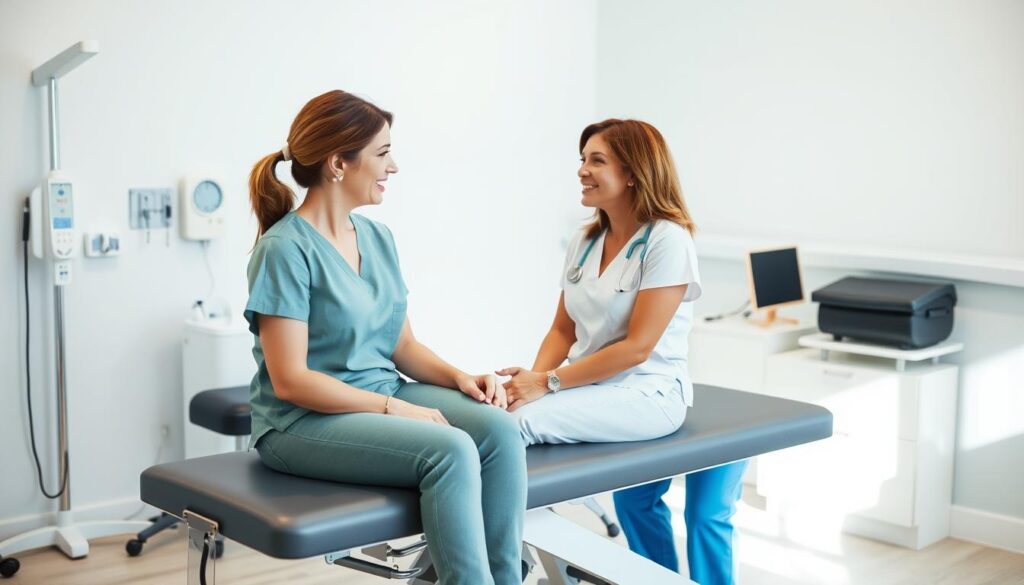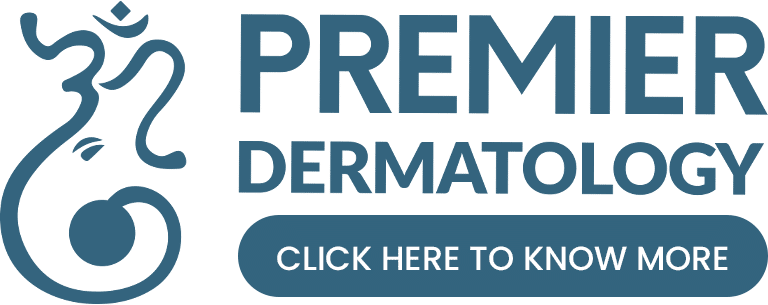Taking charge of your health is one of the most empowering steps you can take. Annual health visits are a cornerstone of preventive care, helping you stay ahead of potential issues and maintain your well-being. These appointments are more than just routine check-ups; they’re an opportunity to build a partnership with your healthcare provider.
During your visit, your doctor will review your medical history and perform a physical exam. Screenings for conditions like cervical or breast cancer may also be part of the process, depending on your age and health factors. Open communication is key—don’t hesitate to ask questions or discuss concerns about your reproductive health or overall care.
These visits are inclusive, designed for anyone with female anatomy, regardless of gender identity. Under the Affordable Care Act, many of these services are covered, making it easier to prioritize your health. Whether you’re a teen or a senior, your provider will offer age-specific guidance to help you set actionable health goals.
Key Takeaways
- Annual health visits are essential for preventive care and early detection of potential issues.
- Your provider will review your medical history and conduct a physical exam during the appointment.
- Screenings for conditions like cervical or breast cancer are tailored to your age and health needs.
- Open communication with your doctor ensures personalized care and addresses your concerns.
- These visits are inclusive, covering all individuals with female anatomy, regardless of gender identity.
- Many services are covered under the Affordable Care Act, making preventive care accessible.
- Age-specific guidance helps you set and achieve your health goals.
Introduction to the Woman Wellness Exam
Understanding the importance of preventive care is essential for maintaining long-term health. These visits, often referred to as well-woman exams, focus on screenings, vaccinations, and health education. They are designed to help you stay ahead of potential issues and maintain your well-being.
Starting as early as age 13-15, these annual visits are recommended for everyone, even those who are not sexually active. The goal is to establish a foundation of good health habits and address any concerns early on. These appointments are not just for addressing illnesses but for preventing them.
- Documenting health habits: Your provider will discuss your lifestyle, diet, and exercise routines.
- Physical exams: This includes checking vital signs and assessing overall health.
- Setting health goals: Together, you and your doctor will create a plan tailored to your needs.
Unlike illness-related appointments, these visits focus on prevention and early detection. Regular check-ups can help identify conditions like cervical or breast cancer before they become serious. Continuity in care is key to maintaining your health over the years.
Under the Affordable Care Act, many of these services are covered, making preventive care accessible. For those without insurance, there are often low-cost or free options available. Prioritizing these visits is a step toward a healthier future.
What Happens During a Woman Wellness Exam?

Your annual health visit is a comprehensive check-up designed to address your unique needs. It includes a review of your medical history, a thorough physical exam, and essential screenings tailored to your age and health factors. This visit ensures you stay on top of your health and catch potential issues early.
Medical History and Health Habits
Your provider will start by discussing your medical history. This includes questions about your family health, lifestyle habits, and any problems you’ve experienced. Topics like menstrual cycles, sexual activity, and mental health may also be covered. This information helps your doctor understand your overall health and identify potential risks.
Physical Exam Components
During the physical exam, your provider will check your blood pressure, calculate your BMI, and assess your general health. A clinical breast exam and pelvic exam may also be performed. These exams help detect any signs of abnormalities and ensure your body is functioning well.
Cancer Screenings and Tests
Screenings are a key part of your visit. For cervical cancer, Pap tests are recommended every three years starting at age 21. HPV testing is done every five years for those aged 25-65. For breast health, clinical exams are recommended annually starting at 40, with mammograms every 1-2 years. Additional tests, like STD or diabetes screenings, may be offered based on your age and risk factors.
| Cancer Type | Recommended Test | Frequency | Starting Age |
|---|---|---|---|
| Cervical Cancer | Pap Test | Every 3 Years | 21 |
| Cervical Cancer | HPV Test | Every 5 Years | 25 |
| Breast Cancer | Clinical Breast Exam | Annually | 40 |
| Breast Cancer | Mammogram | Every 1-2 Years | 40 |
Your provider may also discuss birth control options, pregnancy planning, or menstrual irregularities. This visit is your time to ask questions and address any concerns about your reproductive health or overall care.
Age-Specific Screenings and Recommendations

Your health needs change as you grow, and so should your care plan. Different life stages require unique screenings and tests to address potential issues early. Here’s a breakdown of what to expect based on your age.
Teens and Young Adults (Ages 13-24)
For teens and young adults, the focus is on prevention and education. Key services include the HPV vaccine, which protects against cervical and other cancers. STD testing is recommended for sexually active individuals. Additionally, discussions about menstrual cycles and reproductive health help build a foundation for lifelong care.
- HPV vaccination: Protects against cervical and other cancers.
- STD testing: Essential for sexually active individuals.
- Menstrual health education: Addresses common concerns and irregularities.
Adults (Ages 25-65)
Adults in this age group should prioritize regular cancer screenings. For cervical cancer, Pap tests are recommended every three years, with HPV testing every five years starting at age 25. Breast health is also critical, with annual clinical exams starting at 40 and mammograms every 1-2 years. Discussions about perimenopause and fertility are common during this stage.
| Cancer Type | Recommended Test | Frequency | Starting Age |
|---|---|---|---|
| Cervical Cancer | Pap Test | Every 3 Years | 21 |
| Cervical Cancer | HPV Test | Every 5 Years | 25 |
| Breast Cancer | Clinical Breast Exam | Annually | 40 |
| Breast Cancer | Mammogram | Every 1-2 Years | 40 |
Older Adults (Ages 65+)
For seniors, the focus shifts to managing chronic conditions and preventing age-related problems. Cervical cancer screenings may be discontinued if prior results are normal. Mammograms continue until age 75, depending on individual factors. Additional screenings for osteoporosis, diabetes, and colorectal cancer are also recommended. Learn more about age-specific health guidelines to stay informed.
- Osteoporosis testing: Essential for bone health.
- Diabetes screening: Helps manage blood sugar levels.
- Colorectal cancer screening: Detects early signs of digestive issues.
Preventive Care and Health Goals
Setting clear health goals is a powerful way to take control of your well-being. Preventive care plays a vital role in maintaining long-term health. It includes services like vaccines, mental health counseling, and nutrition guidance. These steps help you stay ahead of potential issues and live a healthier life.
Working with your doctor to set achievable goals is key. Whether it’s weight management, quitting smoking, or reducing stress, your provider can help create a plan tailored to your needs. Regular visits ensure you stay on track and address any problems early.
Vaccines are an essential part of preventive care. Reviewing recommended vaccines like HPV and flu shots with your doctor ensures you’re protected. Booster schedules may also be discussed based on your age and health factors.
Mental health resources and support services are equally important. Your provider can guide you to counseling or domestic violence support if needed. Addressing these issues improves overall well-being and quality of life.
Nutrition and physical activity are crucial for reducing risks of cancer and heart disease. Your doctor may offer guidance on healthy eating and exercise routines. Managing chronic conditions like hypertension or diabetes is also a focus during these visits.
By prioritizing preventive care and setting clear health goals, you can take proactive steps toward a healthier future. Regular check-ups and open communication with your provider ensure you stay on top of your health needs.
Questions to Ask During Your Wellness Exam
Your annual visit is the perfect time to ask your doctor important questions about your health. Being prepared ensures you get the most out of your appointment. Whether it’s about screenings, birth control, or emotional well-being, don’t hesitate to bring up any concerns.
Start by discussing any problems you’ve noticed, like irregular periods or pelvic pain. Your provider can help identify potential issues and recommend appropriate tests. If you’re sexually active, ask about STD prevention strategies, including PrEP for HIV protection.
Clarify the schedule for cancer screenings based on your age and risk factors. For example, ask how often you need a Pap test or mammogram. If you’re considering birth control, discuss options and potential side effects.
- Ask about managing perimenopause symptoms or fertility concerns.
- Discuss emotional health, including anxiety, depression, or relationship safety.
- Request referrals for specialists or additional diagnostic testing if needed.
Your doctor is there to support you. Use this time to address all aspects of your reproductive health and overall well-being. For more guidance on What to Ask During Your Visit, explore additional resources.
Conclusion
Prioritizing your health through regular check-ups is a proactive step toward a healthier future. Annual visits are essential for early detection of potential issues and maintaining overall well-being. Building trust with your provider ensures transparent and personalized care tailored to your needs.
Prepare for your appointment by using checklists, like Labcorp’s preventive care guides, to stay organized. Resources such as ACOG and the Women’s Preventive Services Initiative offer valuable insights into age-specific screenings and tests.
Take charge of your health by scheduling overdue visits and addressing any concerns with your doctor. Regular check-ups are a vital part of maintaining a healthy life and preventing future problems.


